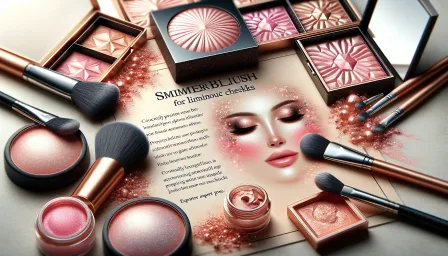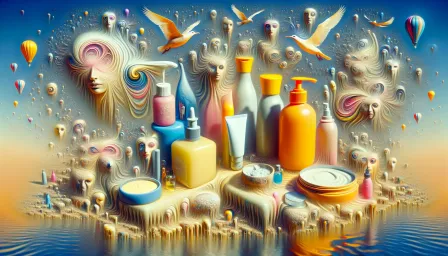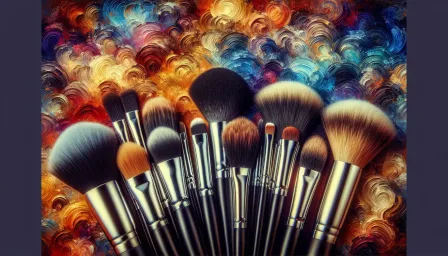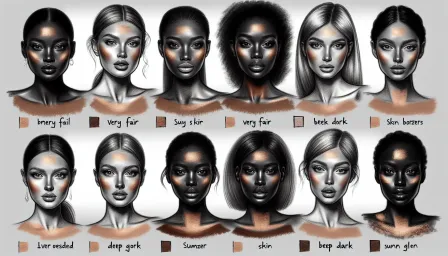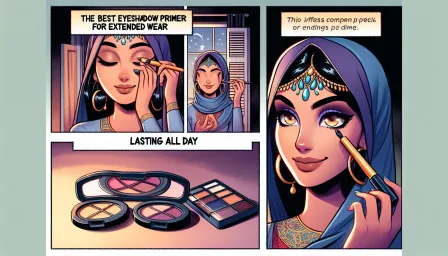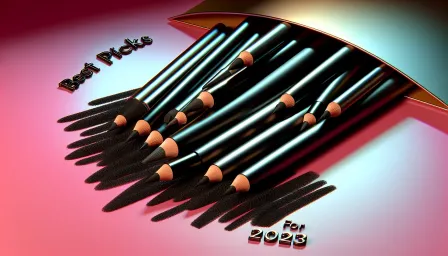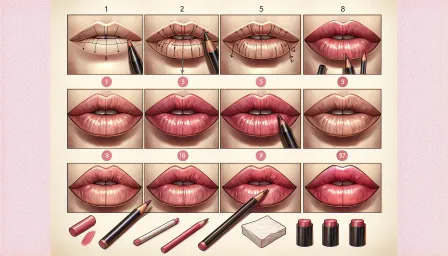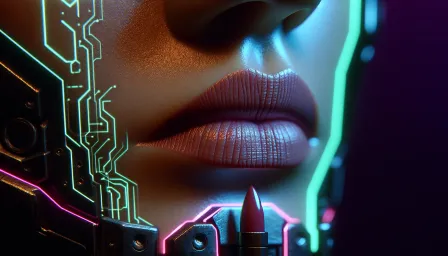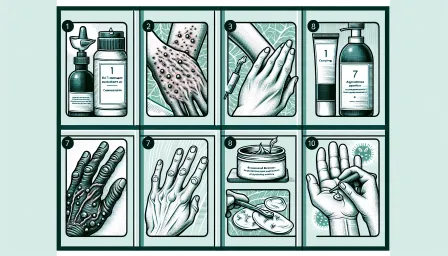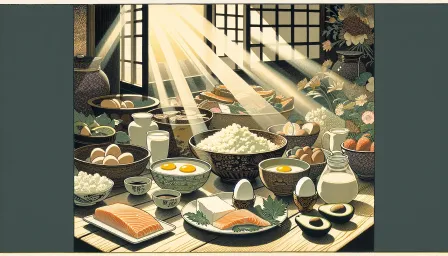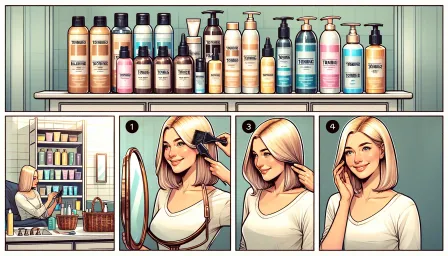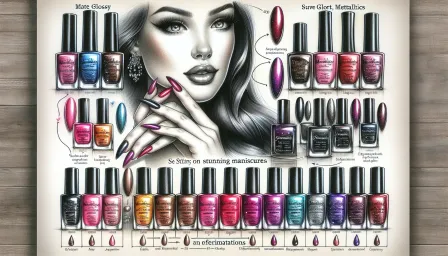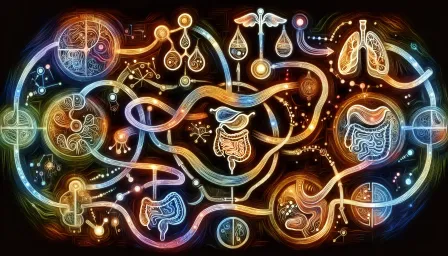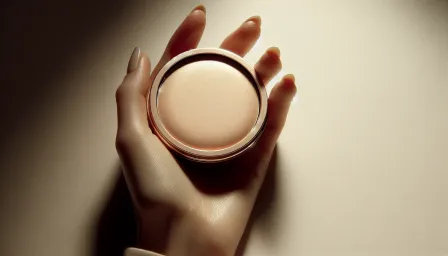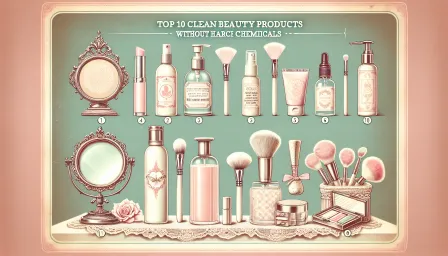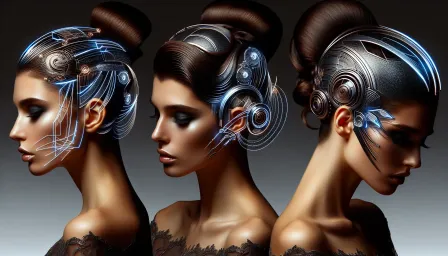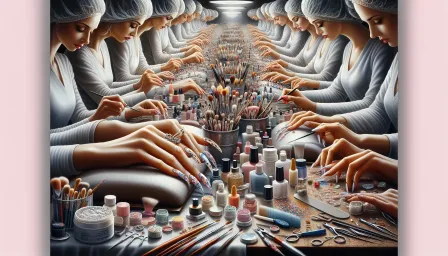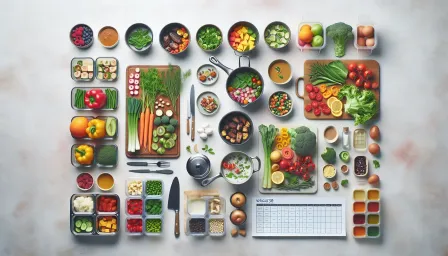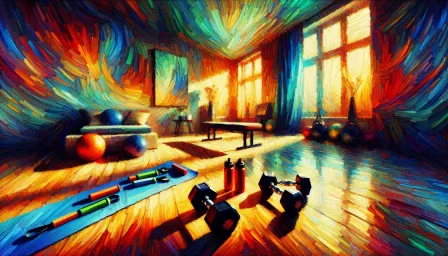Mastering Watercolor Makeup Techniques for Artistic Looks
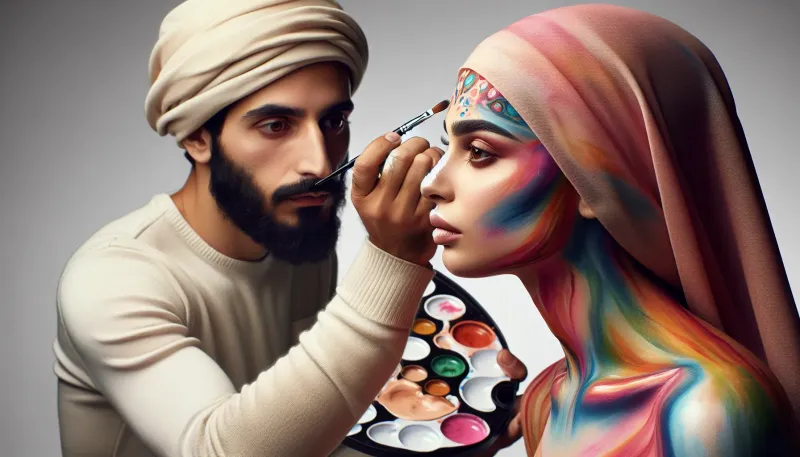
Explore the art of watercolor makeup techniques for artistic looks. Learn tips and tricks to create stunning, eye-catching designs with professional guidance.
Watercolor makeup has emerged as a revolutionary trend in the beauty industry, known for its vibrant, artistic, and ethereal appearance. This technique allows makeup artists and enthusiasts to create breathtaking looks that resemble watercolor paintings, blending colors seamlessly for a soft, dreamlike finish. In this article, we will delve into the intricacies of watercolor makeup techniques for artistic looks, providing you with expert insights, tips, and tricks to perfect your craft.
Understanding Watercolor Makeup
Unlike traditional makeup techniques, watercolor makeup focuses on light, sheer layers of color that blend effortlessly to create a fluid and natural appearance. This technique is ideal for those looking to experiment with bold colors without the heavy or cakey feel typical of other makeup styles.
Essential Tools and Products
Before diving into the techniques, it's crucial to have the right tools and products on hand. Here are some essentials:
Makeup Brushes
Soft, synthetic brushes are preferred for watercolor makeup due to their ability to blend and distribute color evenly. Flat and fluffy brushes work well for larger areas, while smaller detail brushes are perfect for intricate designs.
Water-Based Makeup
Water-based products, such as gel-based eyeshadows and watercolor pencils, provide the transparency and fluidity needed for this technique. These products are often highly pigmented yet buildable, allowing for a range of intensities.
Mixing Mediums
Using a mixing medium can help achieve the desired consistency and prevent colors from becoming too opaque. Mix your pigments with water or a specific mixing medium to enhance their application.
Step-by-Step Watercolor Makeup Techniques
1. Prepping the Canvas
Start with a clean and moisturized face. Apply a lightweight primer to create a smooth base for your makeup. Use a color-correcting primer if necessary to even out the skin tone.
2. Layering Colors
Begin with lighter shades and gradually build up to darker ones. Apply the lightest colors first, blending them seamlessly into the skin. Use a damp beauty sponge or brush to diffuse the edges for a soft, gradient effect.
3. Creating Depth and Dimension
To add depth, layer multiple shades of the same color family. For example, if you're creating a blue-themed look, start with a pastel blue and build up to navy. Blend each layer well to avoid harsh lines.
4. Adding Details
For intricate designs, use fine-tipped brushes to add details, such as delicate lines or small dots. Precision is key here, so take your time to perfect each element.
5. Sealing the Look
Once you're satisfied with your watercolor masterpiece, set your makeup with a translucent setting powder or a makeup setting spray to ensure it stays put throughout the day.
Expert Tips for Perfecting Watercolor Makeup
Embrace Imperfection
Watercolor makeup is all about embracing fluidity and organic shapes. Don't stress over perfection; sometimes, the most beautiful looks come from spontaneous creativity.
Practice Color Theory
Understanding how colors interact can help you create harmonious and eye-catching designs. Practice with complementary and analogous color schemes to achieve balanced looks.
Experiment with Textures
Combine matte and shimmer products to add complexity to your designs. The contrast between different textures can make certain elements pop and add dimension to your makeup.
Mind Your Lighting
Good lighting is crucial when working on detailed makeup looks. Ensure you have a well-lit workspace and periodically check your makeup under different lighting conditions to ensure consistency.
Removing Watercolor Makeup
At the end of your artistic day, it's essential to remove your makeup gently. Water-based makeup is generally easier to remove than other formulations:
Step-by-Step Removal
1. Use a gentle makeup remover or micellar water to dissolve the makeup.
2. Follow with a mild cleanser to remove any residual products and impurities.
3. Finish with a hydrating toner and moisturizer to replenish your skin.
Conclusion
Watercolor makeup techniques for artistic looks offer a unique and expressive way to enhance your style. With the right tools, products, and a bit of practice, you can create stunning designs that wow your audience. Embrace the artistic freedom that watercolor makeup provides and unleash your creative potential!




